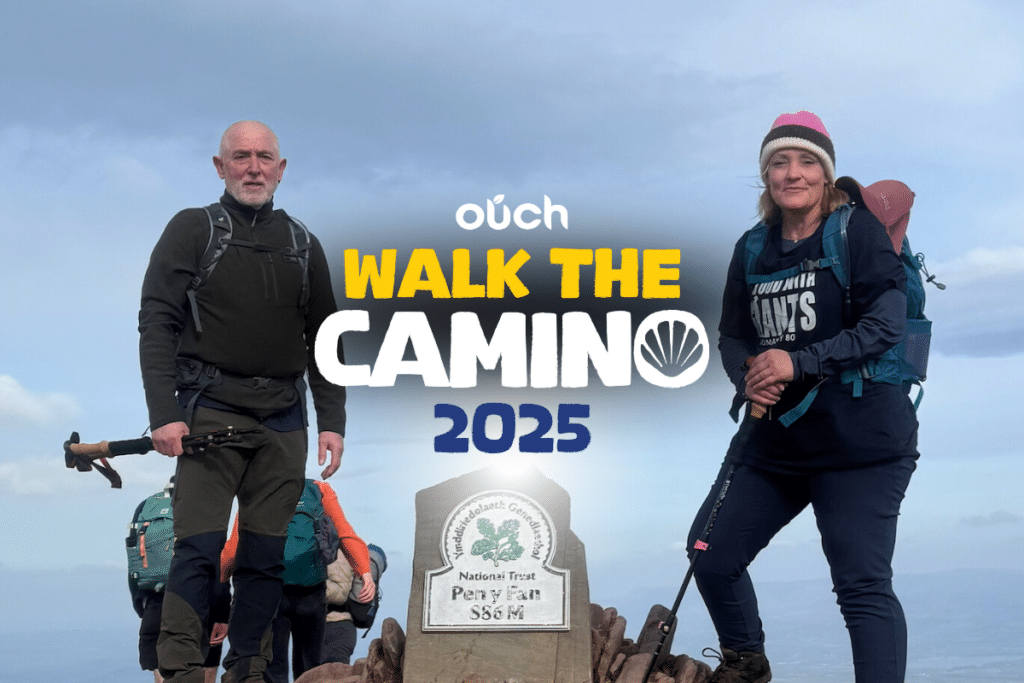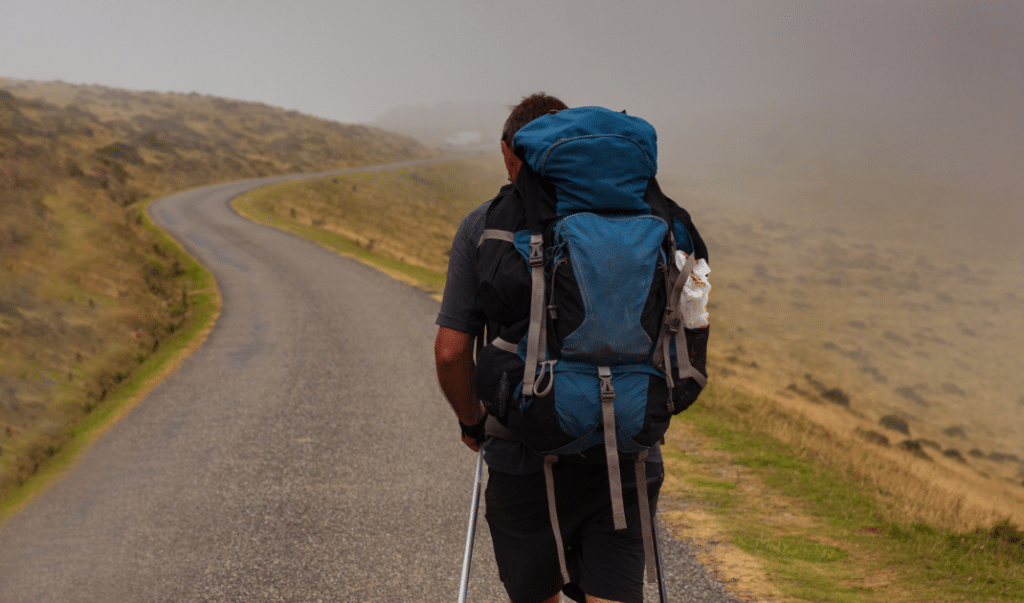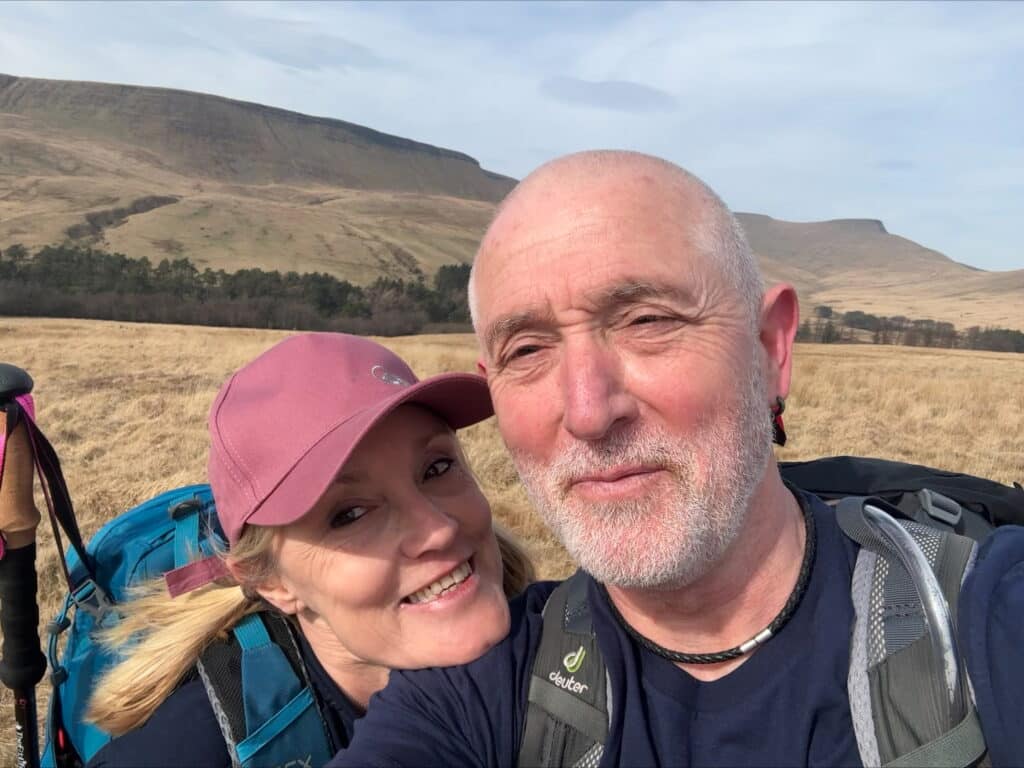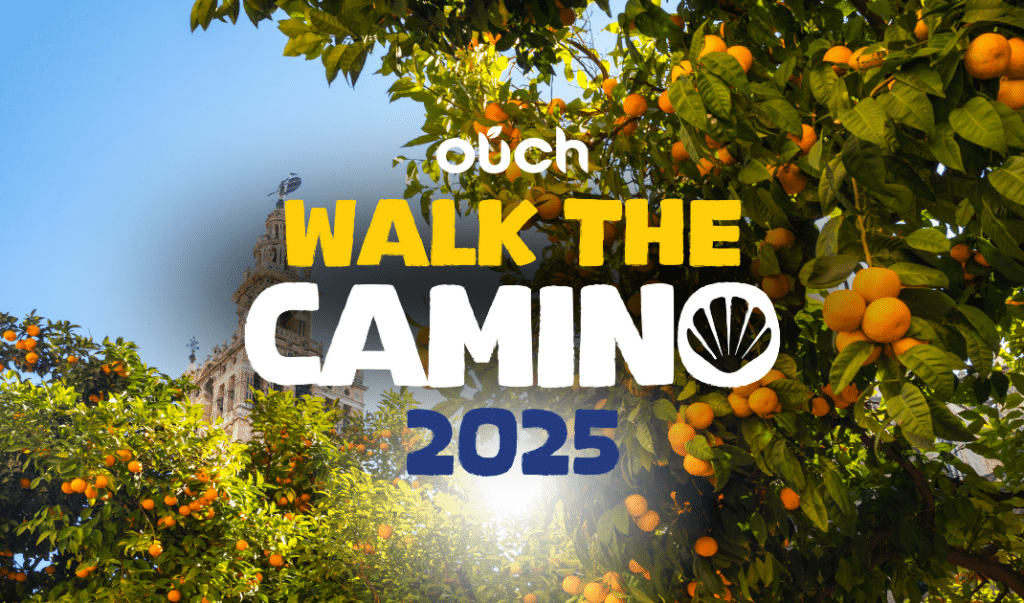When we first decided to on walking the Camino Francés for charity, Kirsty and I knew very little about the history and folklore that shaped the world-famous ‘Camino de Santiago’ (AKA ‘The Way of St. James’). I knew that catholic pilgrims had walked the long and arduous path to Santiago for hundreds of years. Still, I was surprised to learn that its origins can be traced as far back as the 9th century following the discovery of the remains of St James the Apostle in Northern Spain.

A Brief History of the Camino Francés
The pilgrimage to the silver reliquary believed to hold the bones of one of Christ’s Apostles (St. James) can take various routes and cover distances between 100km and 1000km. However, all but one recognised route finishes at the magnificent cathedral ‘Compostela de Santiago’ in Northwestern Spain. The path we have decided to follow is known as the ‘Camino Francés’ or the ‘French Way’. It begins on the French side of the Pyrenees in the small town of, Saint-Jean-Pied-de-Port. In 2024, this was the most popular route. Drawing around 50% of pilgrims walking all or part of the 800km Camino Frances route.
To explain the Camino purely by describing its history, geography, and topography fails to convey the reasons that motivate people from all ages, backgrounds and cultures to push their minds and bodies to previously unexperienced highs and lows. Historically, pilgrims followed ‘the way’ to gain a deeper spiritual connection with their religious faith. During the Middle Ages, the Camino pilgrimage was extremely popular, with an estimated 250,000 pilgrims visiting the Compostela de Santiago each year.

Camino Francés: A World Heritage Site
In recent years, the number of Camino pilgrims has grown enormously. This may be partly due to the route becoming a UNESCO World Heritage site in 1993 or perhaps the publicity generated by the hugely popular 2010 film ‘The Way’ starring Martin Sheen. Nowadays, people choose to walk the Camino for a broad variety of reasons. Many still see the pilgrimage as a means of exploring and reaffirming their religious and spiritual beliefs. Whereas others walk the Camino for a transformational adventure, a means to connect with nature through walking. Or perhaps a chance to experience the beautiful scenery and enigmatic Spanish culture.
When I tell people what we are doing, I’m often asked about my reasons for walking such a long way. In my early twenties, I read ‘The Pilgrimage’ by Brazilian author Paulo Coelho. The mystical and magical aura of the Camino has captivated me ever since. But, as much as I enjoyed the book it’s not the only reason I have decided to become a pilgrim. Of course, I look forward to all the obvious adventures and experiences that come with a 35-day walk across the beautiful landscapes of northern Spain. But if I had to give a single defining reason, it would be the opportunity to think about and explore who I am and my place in the world.

Walking the Camino Francés for Charity
Another benefit of walking the Camino is raising money for two Dorset-based charities. Both MYTIME Young Carers and Dorset Wildlife Trust make walking in nature accessible. Without their fantastic work, many could not access the transformational experience of connecting with nature through the wonder of walking.
After deciding to walk the Camino, I became fascinated by the history and benefits to humans that can be found simply by walking. Over the next few weeks and months, I hope to share what I have learnt. Discussing how and why my passion for walking has gone from strength to strength and what happens on the Camino. As part of ‘The 7 Wonders of Walking’ project, I’ll be writing a blog, recording short videos and interviewing some interesting people to find out their walking habits and what walking means for them.
Watch this space for more details. And, of course, if you would like to support the amazing charities we are hoping to help, please go to our Just Giving page and donate.
Donate Here
Click here to see our Just Giving page for MYTIME Young Carers
Click here to see our Just Giving page for the Dorset Wildlife Trust
Buen Camino
Written by Managing Director, Simon Cassin and Kirsty
